Cool roofing systems, featuring reflective materials and white coatings, are transforming building design for sustainability. By minimizing heat absorption from sunlight, these systems reduce interior temperatures, cut cooling costs, and combat urban heat islands in hot climates. With energy savings up to 30% proven in case studies, cool roofs offer both environmental and economic benefits. Advancements in smart materials and technologies promise even more efficient, durable solutions for the future, making cool roofing a game-changer in sustainable building practices worldwide.
In today’s quest for energy-efficient and sustainable buildings, cool roofing systems are taking center stage. Markets are reflecting a growing trend towards reflective roofs that combat heat absorption, significantly lowering cooling costs. This article delves into the science behind these innovative systems, exploring their impact on climate mitigation and benefits for property owners. From understanding heat absorption’s effects to real-world case studies and future trends, discover how cool roofing is revolutionizing building design.
- Understanding Heat Absorption and Its Impact on Buildings
- The Role of Reflective Roofs in Mitigating Climate Effects
- Science Behind Cool Roofing Systems: Materials and Technologies
- Benefits of Implementing Cool Roofing for Property Owners
- Case Studies: Real-World Success Stories of Cool Roofing
- Future Trends and Innovations in Cool Roofing Systems
Understanding Heat Absorption and Its Impact on Buildings
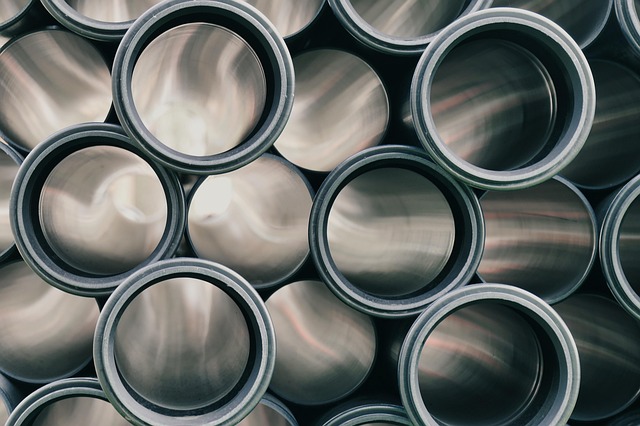
In the world of architecture and construction, understanding heat absorption is key to creating energy-efficient buildings. Heat absorption refers to the amount of solar radiation a building’s roof absorbs, which can significantly impact indoor temperatures and cooling demands. Traditional dark-colored roofs absorb a considerable amount of heat from the sun, leading to increased interior warmth and higher energy costs for cooling. This is particularly problematic in regions with hot climates, where buildings can act as ovens during summer months.
Cool roofing systems, such as reflective roofing and white roof systems, offer a solution to this challenge. These innovative technologies are designed to minimize heat absorption by reflecting sunlight back into the atmosphere. By using reflective coatings or painting roofs white, the surface temperature of the building is reduced, creating a cooler indoor environment. This not only lowers cooling costs but also contributes to sustainable building practices and reduces the urban heat island effect. In terms of sustainability, these cool roof coating options are game-changers, providing an efficient way to mitigate the environmental impact of buildings.
The Role of Reflective Roofs in Mitigating Climate Effects
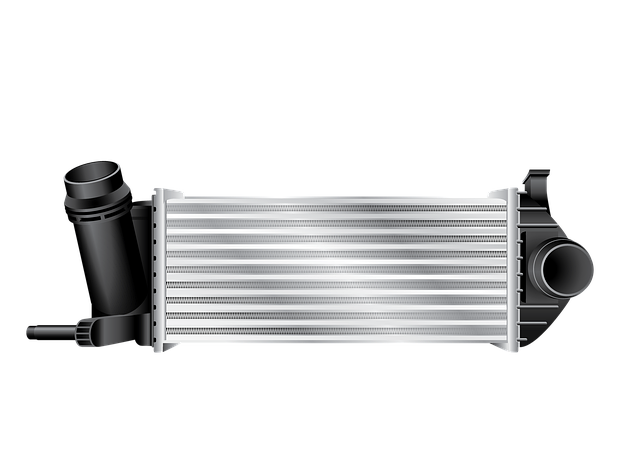
Reflective roofs play a significant role in mitigating climate effects by reducing heat absorption and lowering cooling costs. These innovative cool roofing systems incorporate special materials that reflect a substantial portion of sunlight, preventing it from penetrating the building’s surface. This property is particularly valuable in urban areas where buildings are closely packed, often leading to increased heat retention due to the urban heat island effect.
By adopting reflective roofing or white roof systems, structures can significantly decrease their energy consumption for cooling. Cool roof coating, for instance, is designed to emit infrared radiation, ensuring that the building remains cooler even under intense solar radiation. This not only reduces environmental impact by lowering greenhouse gas emissions but also provides long-term cost savings for building owners through decreased dependence on air conditioning systems.
Science Behind Cool Roofing Systems: Materials and Technologies

The science behind cool roofing systems revolves around a simple yet powerful concept: reflecting heat back into the atmosphere instead of absorbing it. Traditional roofs can act as heat magnets, absorbing solar radiation and causing indoor temperatures to soar, leading to increased energy consumption for cooling. However, advancements in materials and technologies have given rise to innovative cool roof solutions. These systems utilize specialized materials like reflective roofing membranes, cool roof coatings, or white roof systems that bounce sunlight away from the building’s surface, significantly reducing heat transfer.
Reflective coatings, for instance, are designed to emulate the cooling properties of ice by reflecting a majority of the sun’s energy, while white roof systems offer a highly reflective surface that minimizes heat absorption. These technologies not only lower cooling costs but also contribute to urban heat island mitigation, making cities more sustainable and livable. The growing demand for energy-efficient solutions has spurred further research and development in cool roofing, pushing the boundaries of what’s possible in temperature regulation and environmental stewardship.
Benefits of Implementing Cool Roofing for Property Owners
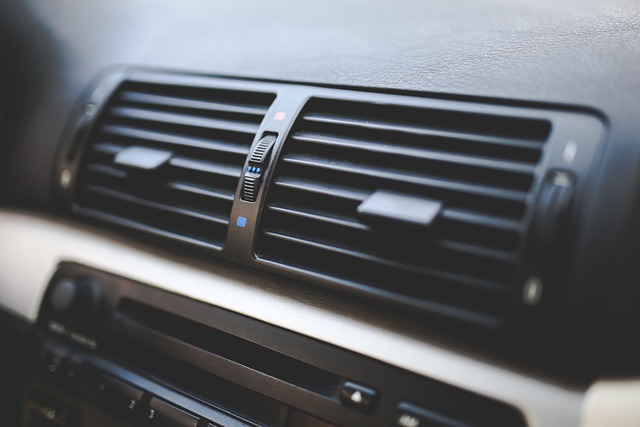
Implementing cool roofing systems offers property owners a multitude of benefits that extend far beyond aesthetics. By reflecting rather than absorbing sunlight, these innovative solutions significantly reduce heat transfer into buildings, leading to substantial energy savings and lower cooling costs throughout the year. This is particularly advantageous in regions with hot climates, where air conditioning becomes an expensive necessity.
Moreover, reflective roofing not only minimizes the urban heat island effect but also contributes to a more sustainable environment. By decreasing demand for cooling, cool roof coating helps lower carbon emissions and promotes the use of renewable energy sources. White roof systems, with their bright and reflective surfaces, are increasingly recognized as a game-changer in sustainable building practices, providing both functional and environmental advantages for property owners looking to future-proof their investments.
Case Studies: Real-World Success Stories of Cool Roofing
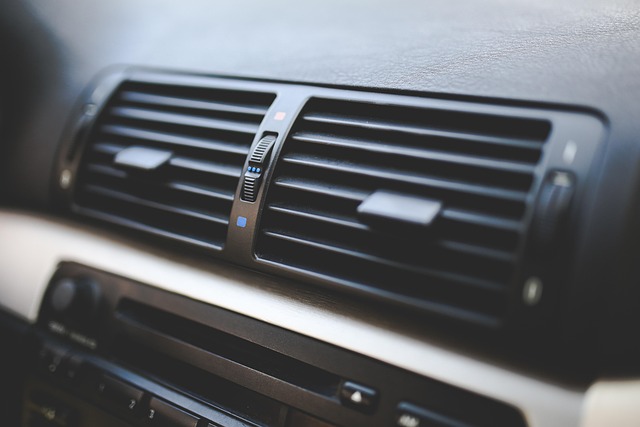
In recent years, case studies have demonstrated the significant benefits of cool roofing systems in real-world settings. These studies showcase how reflective roofs, such as white roof systems and those treated with cool roof coating, can substantially reduce heat absorption, leading to lower cooling costs for buildings and facilities. For instance, a study conducted in urban areas revealed that implementing reflective roofing resulted in a 20% decrease in rooftop temperature during peak summer days compared to conventional dark roofs.
Another successful implementation was observed in commercial buildings where white roof systems were adopted. These buildings experienced a notable drop in energy consumption for cooling, with some facilities reporting savings of up to 30%. The case studies not only highlight the environmental benefits but also emphasize the economic advantages, demonstrating that cool roofing is a sustainable and cost-effective solution for managing building temperature and energy usage.
Future Trends and Innovations in Cool Roofing Systems
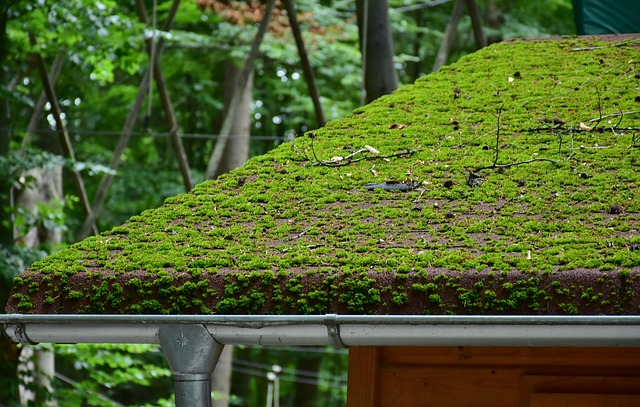
As the demand for energy-efficient solutions continues to grow, future trends in cool roofing systems are expected to be more advanced and innovative. One prominent trend is the integration of smart technologies that can adapt to varying weather conditions, automatically adjusting reflectivity to maximize heat rejection. These dynamic cool roofs could significantly reduce energy consumption and greenhouse gas emissions.
Additionally, researchers and manufacturers are exploring new materials and construction techniques for reflective roofing. White roof systems, for instance, are gaining popularity due to their superior heat-reflective properties compared to traditional dark roofs. Cool roof coating technologies are also advancing, offering longer-lasting, cost-effective solutions with improved durability and ease of application. These innovations not only contribute to environmental sustainability but also provide long-term savings on cooling costs for buildings worldwide.
